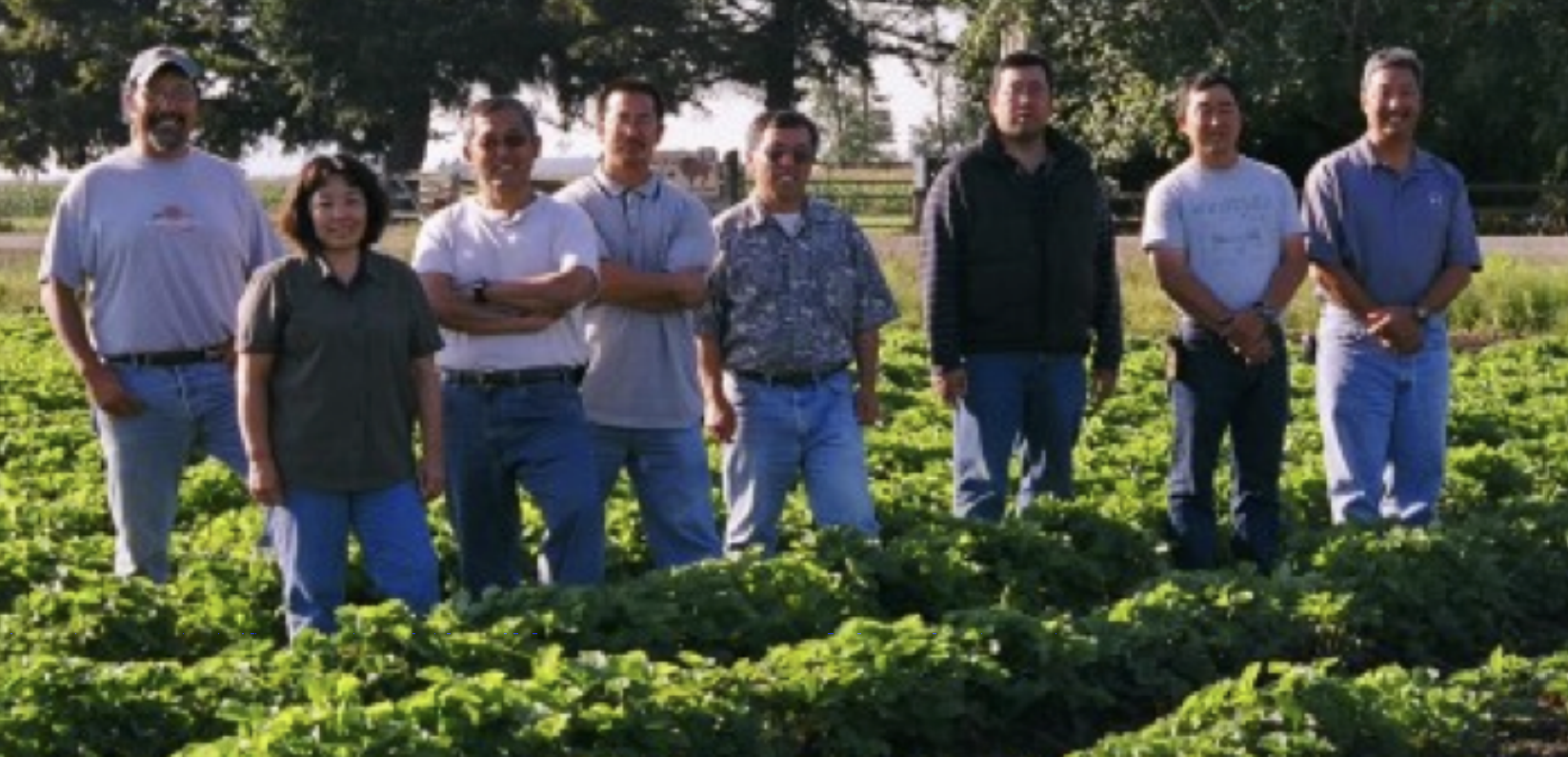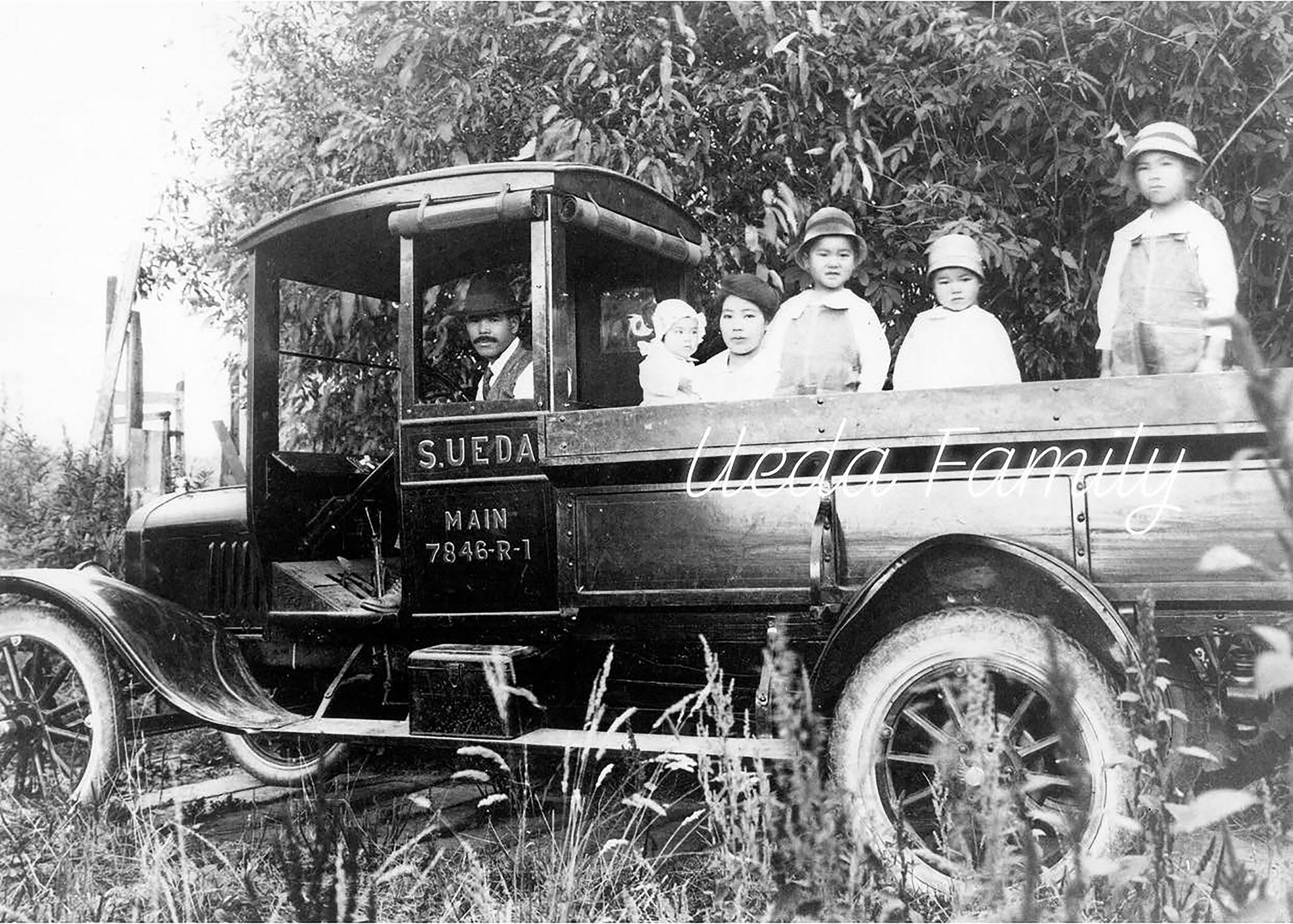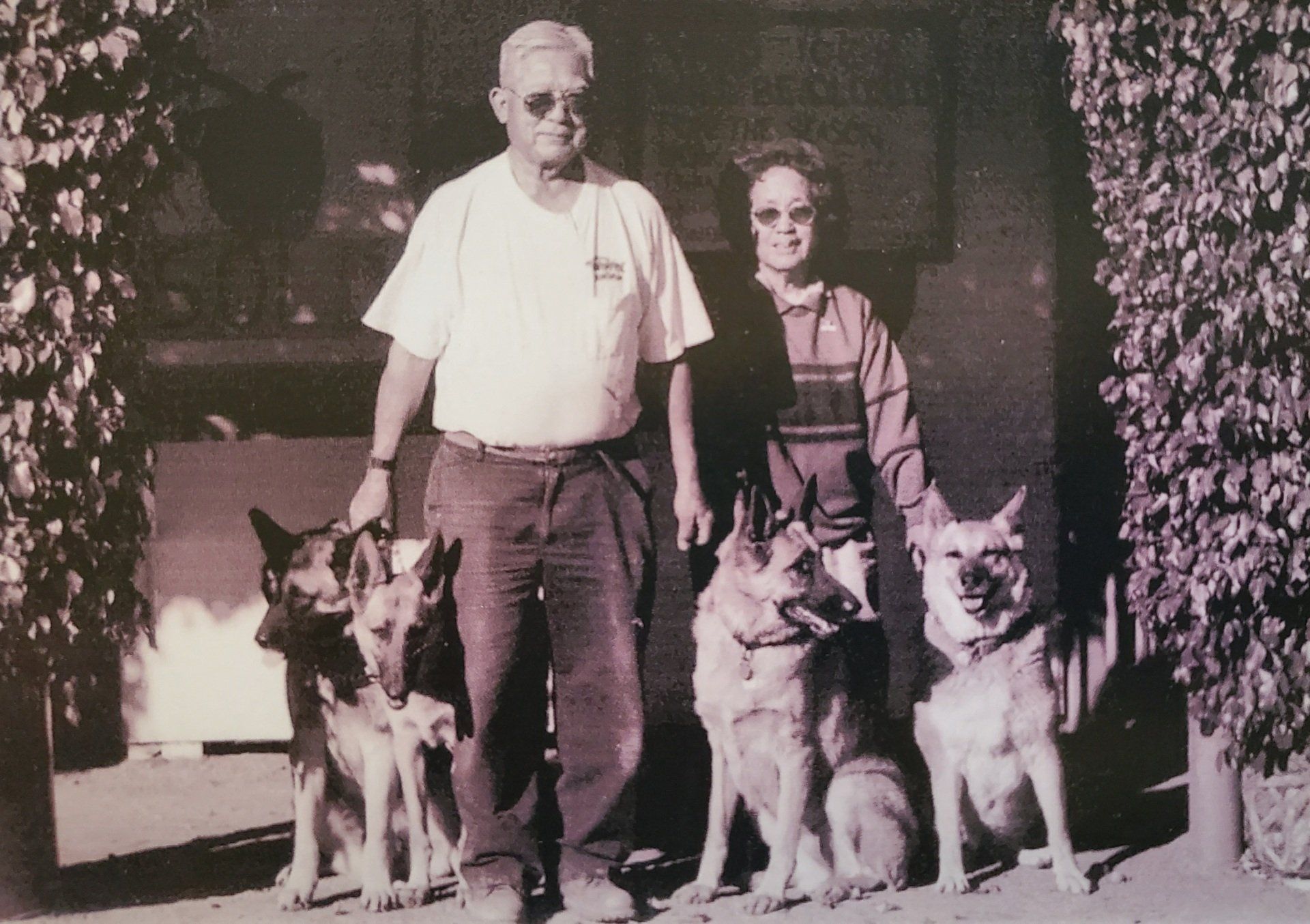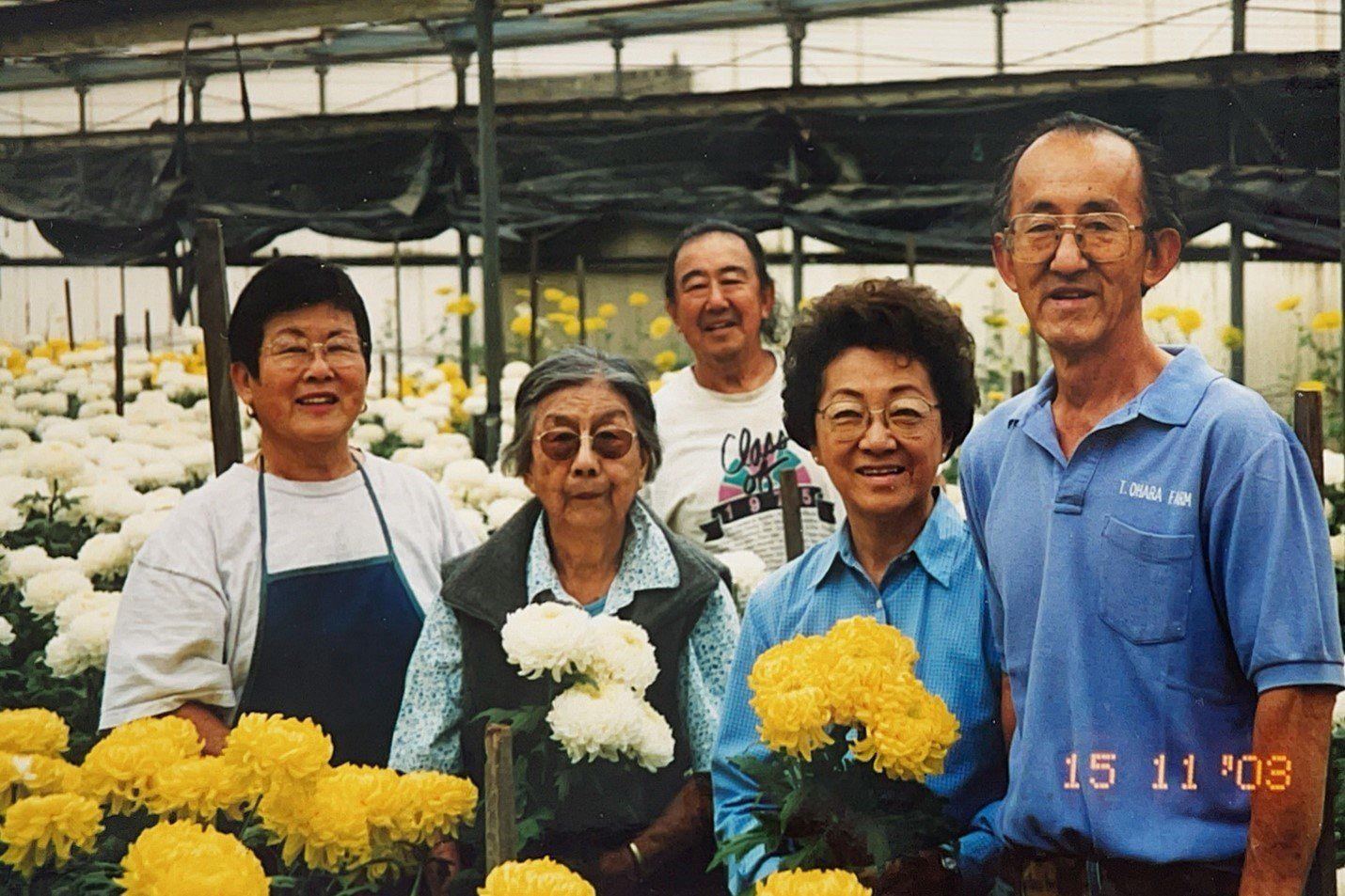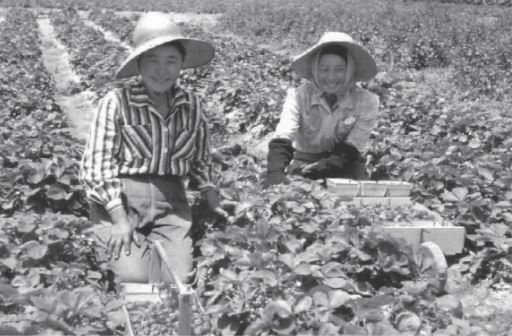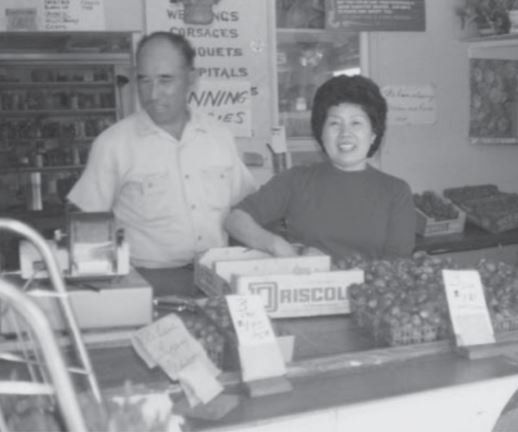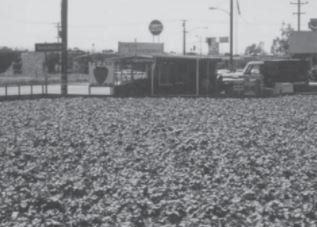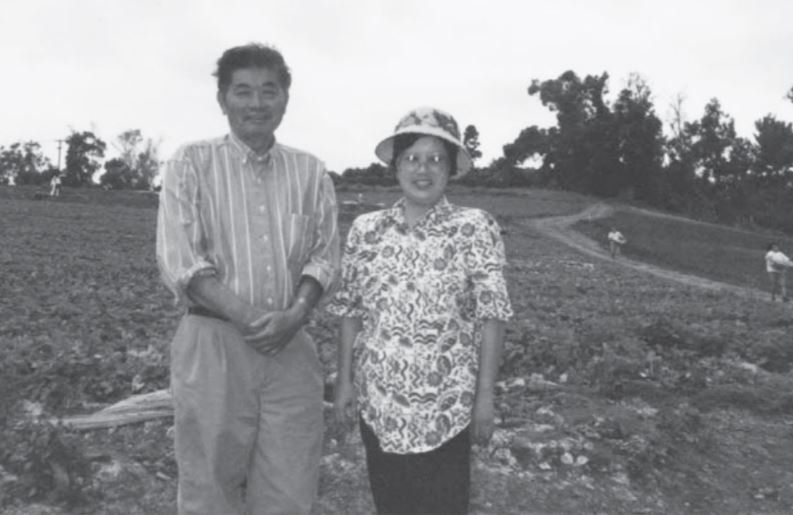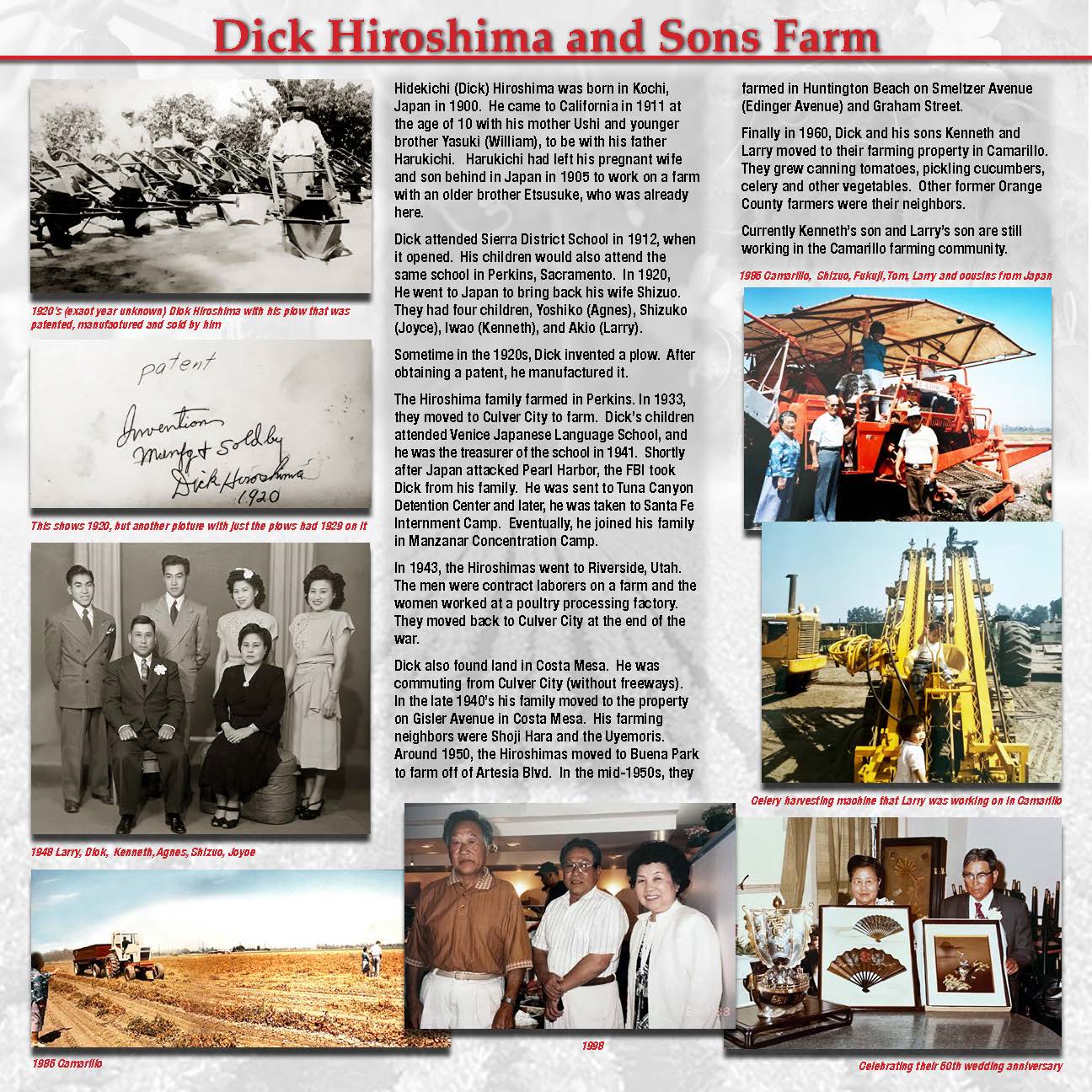Dick Hiroshima and Sons Farm
Hidekichi (Dick) Hiroshima was born in Kochi, Japan in 1900. He came to California in 1911 at the age of 10 with his mother Ushi and younger brother Yasuki (William), to be with his father Harukichi. Harukichi had left his pregnant wife and son behind in Japan in 1905 to work on a farm with an older brother Etsusuke, who was already here.
Dick attended Sierra District School in 1912, when it opened. His children would also attend the same school in Perkins, Sacramento. In 1920, He went to Japan to bring back his wife Shizuo. They had four children, Yoshiko (Agnes), Shizuko (Joyce), Iwao (Kenneth), and Akio (Larry).
Sometime in the 1920s, Dick invented a plow. After obtaining a patent, he manufactured it.
The Hiroshima family farmed in Perkins. In 1933, they moved to Culver City to farm. Dick’s children attended Venice Japanese Language School, and he was the treasurer of the school in 1941. Shortly after Japan attacked Pearl Harbor, the FBI took Dick from his family. He was sent to Tuna Canyon Detention Center and later, he was taken to Santa Fe Internment Camp. Eventually, he joined his family in Manzanar Concentration Camp.
In 1943, the Hiroshimas went to Riverside, Utah. The men were contract laborers on a farm and the women worked at a poultry processing factory. They moved back to Culver City at the end of the war.
Dick also found land in Costa Mesa. He was commuting from Culver City (without freeways). In the late 1940’s his family moved to the property on Gisler Avenue in Costa Mesa. His farming neighbors were Shoji Hara and the Uyemoris.
Around 1950, the Hiroshimas moved to Buena Park to farm off of Artesia Blvd. In the mid-1950s, they farmed in Huntington Beach on Smeltzer Avenue (Edinger Avenue) and Graham Street.
Finally in 1960, Dick and his sons Kenneth and Larry moved to their farming property in Camarillo. They grew canning tomatoes, pickling cucumbers, celery and other vegetables. Other former Orange County farmers were their neighbors.
Currently Kenneth’s son and Larry’s son are still working in the Camarillo farming community.

